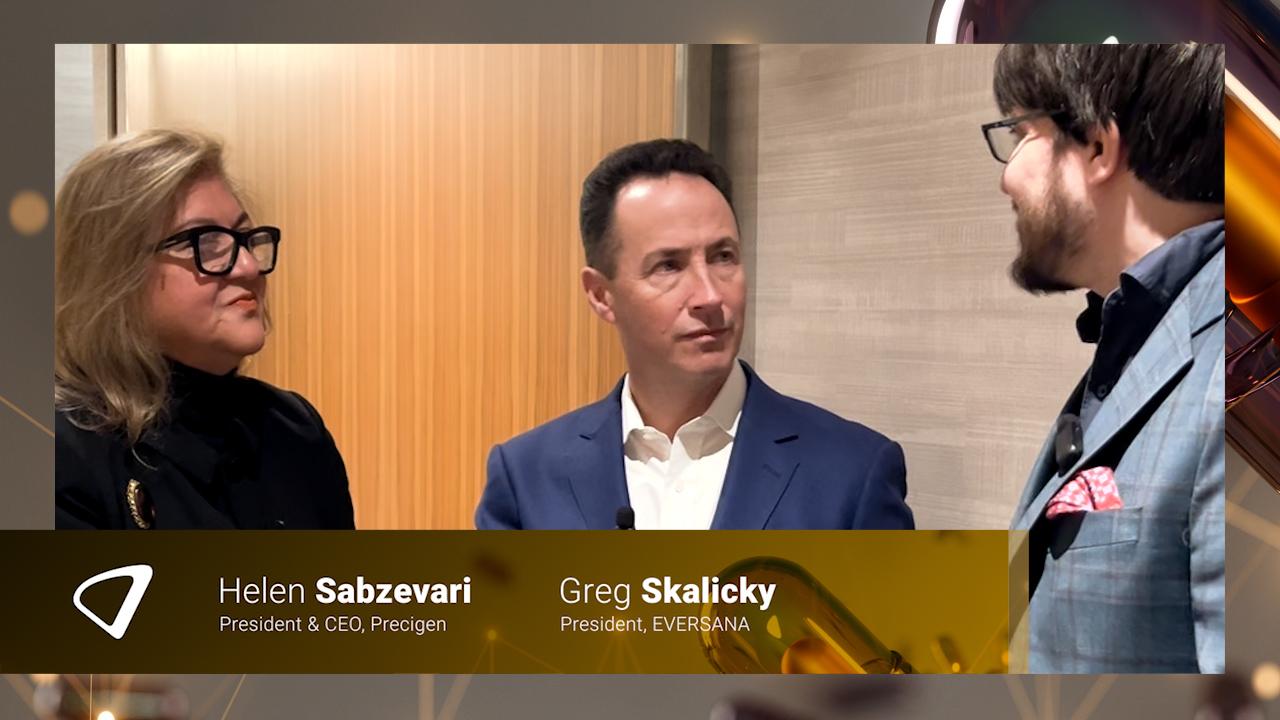Cheaper biotech drugs and risk appetite — is a rose by any other name a rose?

As brand name biotech drugs go off patent biosimilar versions of them are expected to yield substantial savings. Congress created a two-tiered system for approval–biosimilars and interchangeable biosimilars. To avoid un-intended switching non-interchangeable biosimilars should have different common names from the original. D. Bruce Burlington and Nick Fleischer, former FDA employees, discuss.
What's in a name? To Juliet, Romeo's name didn't matter; to Gertrude Stein what mattered was the essence evoked by "Rose is a rose is a rose...". Today generic or common names cover a range of products with differences that can matter to consumers. The wrong lite beer might be un-manly; will a different medicine put their health at risk?
Brand-name biotech drugs are expensive and their use is growing rapidly. As they go off patent and major cost savings are expected, there is a debate, with important implications, on how to name the new competing versions of them. The FDA should be the final arbiter as it implements the Biologics Price Competition and Innovation Act (BPCIA), which authorizes FDA to approve biosimilar versions of biotech drugs. The BPCIA's laudable intent is to increase competition and produce lower prices for brand-name biotech drugs. Recognizing the difficulty (arguably, impossibility) of making an exact copy of a biotech drug, it allows FDA to approve sufficiently "similar" versions for marketing based on limited safety and human testing.
"Brand-name biotech drugs are expensive and their use is growing rapidly."
The crux of the names debate is: Should biosimilar versions and the original brand-name biotech drugs, have identical common names? If biosimilars are named the same way generic drugs are, bearing the same common name as the original, it could falsely imply they are identical and presumed interchangeable, even for those drugs never tested for interchangeability. It is all but certain identical common names would increase interchange–-switching from original brand to biosimilar –sometimes without either the doctor's or patient's knowledge.
The analogy offered for cost savings from biosimilars is to that from generic drugs. Generics have dramatically reduced the cost of off-patent drugs and now account for more than 70% of all prescriptions. They are almost all small molecules, chemically identical to the original brand drug with the same chemical name as the original. For these small molecule drugs, comparing how fast and how much drug gets into the bloodstream is presumed to reliably predict safety and effectiveness. When FDA is satisfied that a generic drug matches the brand, the generic drug can be interchanged or switched for the brand-name drug by the pharmacy unless doctors take extra efforts to ensure the original brand is dispensed. When prescriptions are written using the common name, and they often are, which manufacturer's product to dispense is up to the pharmacy.
Common names for generic drugs have greatly facilitated their switching, widespread use, and consequent cost savings. For small molecule generic drugs the system has, overall, worked well. There are lingering concerns, but very few instances of documented problems for patients.
However, reasoning biosimilars should be named just as generic drugs are, is a false analogy. In recognition of their differences from generics, biosimilars are pointedly not called biotech "generic drugs" in the BPCIA. Instead, the law creates two different regulatory levels. At the base level, "Biosimilar" drugs can be approved without demonstrating safe interchangeability. FDA is working on details of the specific standards for the first generation biosimilars, which are expected to be in this category. How FDA might indicate these drugs aren't recommended for interchange or switching at the pharmacy isn't known.
The BPCIA's more exacting "Interchangeable" biosimilar drug regulatory level requires a company to show its biosimilar product is safe for interchange or switching by the pharmacy with the original brand-name drug. FDA hasn't yet even suggested an approach on how to prove that. But it should be only interchangeable biosimilars, not other biosimilar drugs that are actually analogous to how generic drugs are named and dispensed.
"Generics have dramatically reduced the cost of off-patent drugs and now account for more than 70% of all prescriptions."
Why did Congress create a new and two-tiered approval system? Biosimilars come with new risks beyond those with generic drugs and these risks have to be weighed against the likely savings from biosimilars. Biotech drugs are made from living organisms and are composed of large molecules that are hundreds of times bigger than most generic drugs. Biotech drugs are so complex they don't even have chemical names. Their inherent variability makes all companies exceedingly careful about any manufacturing changes. Even minor variations, not always reliably picked up in quality testing, can change their potential to cause an immune response and safety. This is of concern with any change in manufacturing, but more so with all of the differences inherently present when a different manufacturer, without the originator's proprietary technical knowledge, equipment, and quality controls, makes a biosimilar version. If a patient is doing well on a biotech drug, changing to a similar, but subtlety different, biological product poses a potential risk of an immune response because of any differences. There are examples of both smooth transitions and problems; but not a lot of experience.
Immune reactions can range from local swelling and discomfort at the injection site to, in some unfortunate cases, anaphylaxis or reactions against a life sustaining hormone, or a critical cell population. These can be nasty, life-threatening adverse events. While severe immune reactions are rare, they are a major safety concern with biotech drugs and are impossible to rule out without extensive human data. Absent that data there is no reliable way to know if switching from an original brand drug to a biosimilar would cause immune reactions in some patients.
Reporting and tracking adverse events--identifying which specific product caused them and taking action--is fundamental to protecting the public health. The potential for immune reactions with biotech drugs makes it especially important to know which specific manufacturer made them. Having identifiably different common names for biosimilars would make accurate reporting more likely.
"If a patient is doing well on a biotech drug, changing to a similar, but subtlety different, biological product poses a potential risk of an immune response because of any differences."
The need for exquisite controls in manufacturing and risk of immune responses don't make biosimilars a bad idea. To the contrary, biosimilars have the potential to provide quality alternative medicines at lower cost. But their common names will impact how they get used and how to manage their risks. These facts are why the decision on names should proceed thoughtfully.
Which comes back to the question: what's in a name? Patients, physicians, and insurers should all want to be sure they know exactly which biotech drug or biosimilar is prescribed and dispensed. The way to achieve this is for FDA to require that similar, but not identical, biotech drugs, have similar, but not identical, common names, for example, by having different prefixes or suffixes on the same root common name. That would enhance: vigilance for adverse reactions; their correct attribution; and any needed mitigation or even regulatory action.
Biosimilars with identifiably different common names would still compete on price and deliver real savings, but everyone would know what was going on. Patients, working with their physicians, would be able to decide for themselves if they wanted the original brand-name drug or a biosimilar version.
About the author:
When at FDA Dr. Burlington had oversight of clinical investigation for biotech drugs, was acting Director of the Office of Generic Drugs and acting Deputy Director for Medical Affairs in the Center for Drug Evaluation and Research then Director of the Center for Devices and Radiological Health. He now advises pharmaceutical companies on regulatory strategy and drug development.
When at FDA, Dr. Fleischer was acting Deputy Director of the Office of Generic Drugs, Division Director in the Office of Clinical Pharmacology and Biopharmaceutics, and Director of the Division of Bioequivalence in the Office of Generic Drugs in the Center for Drug Evaluation and Research. He is a registered pharmacist and is currently the Vice President, Clinical Pharmacology & Biopharmaceutics at The Weinberg Group Inc. and advises pharmaceutical companies on regulatory strategy and drug development.
Have your say: Should biosimilar versions and original brand-name biotech drugs have identical common names?











